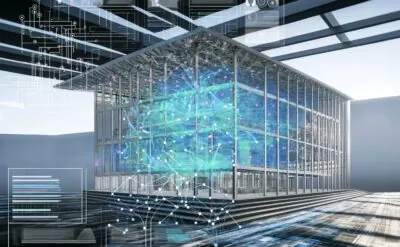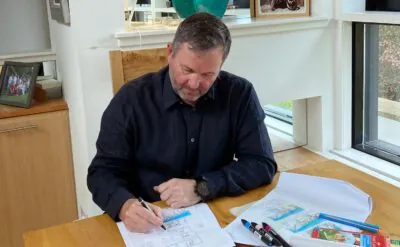Examples of bad design in healthcare abound. These design flaws not only create nuisances but necessitate constant work-with and work-around solutions, often improvised or created ad hoc, that expose patients and providers to inefficiencies and safety hazards that are entirely avoidable. Every time a piece of medical equipment is laid out on a patient stretcher instead of a purpose-made procedure cart situated in a room configured to facilitate the work, the reflex should be to recognize how that system failed to accommodate the specific needs of that patient and that procedure.
That is not how most healthcare providers have been conditioned to respond. In emergency medicine, we have been socialized to take pride in our ability to make things work despite being adequately equipped and provisioned. In modern health systems, with all of their complexity and interconnectivity, the onus for avoiding hazards and the costly errors that they produce falls almost completely on the provider — a model that is as unethical as it is unsustainable. Ask any doctor or nurse what they struggle with most at work, and it will never be the patients: it is the systemic encumbrances that saps them of their energy, their drive, and their ability to innovate.
Built, not born
Engineering resilient systems to support the work of healthcare providers represents a more rational and sustainable way forward, one that requires an up-front investment in understanding system complexity and related vulnerabilities, and places the end-user — in this case, both patient and provider — in the center of the design process. At every inflection point, the questions should be asked: Is the choice we’re making increasing safety or increasing risk?
More than the absence of error: Simulation and Safety-II
Rather than focus only on what went wrong, it behooves any designer to pay attention to the intrinsic qualities of a system that keep it functioning well in spite of the fact that hazards abound — that is, to learn from the much more every-day occurrence of what went right rather than looking back exclusively and retrospectively when things go wrong. Erik Hollnagel’s Safety-II concept is predicated on the notion that safety is more than just the absence of error, but the presence of protective factors generated by people and teams.1
Simulation involves the re-creation of real-world events, using tools like patient actors and computer-controlled human patient simulators to immerse health care teams in a realistic environment that promotes engagement, reflection and learning. When the unit of analysis is the system itself, simulation can be a powerful tool to crash test whether or not spaces, processes and equipment are working for or against the end-user. This allows for reliable and repeatable analysis of hazards and the design and testing of controls to mitigate those hazards at a system level.
At our hospital, a level one trauma center and academic teaching hospital in Toronto, CA we created a series of simulated Living M&M rounds to generate concepts and data for system improvement. M&M is shorthand for Morbidity and Mortality, a way of denoting a review of adverse events. Rather than just look back, the ability to simulate the same case again and again, varying a few environmental, system or personnel factors, generates a rich data set that can be inputted towards system improvement. Suddenly, latent hazards and strategies for resilience become visible, codifiable and quantifiable.
Christopher Hicks is an emergency physician, trauma team leader, simulation specialist and principal at Advanced Performance Healthcare Design
- Hollnagel E., Wears R.L. and Braithwaite J. From Safety-I to Safety-II: A White Paper. The Resilient Health Care Net: Published simultaneously by the University of Southern Denmark, University of Florida, USA, and Macquarie University, Australia.
Christopher Hicks is an emergency physician, trauma team leader, simulation specialist and principal at Advanced Performance Healthcare Design. NORR and APHD are collaborating to rethink, recalibrate and reimagine the design process of healthcare facilities and spaces through simulation to inform the final architectural design.


